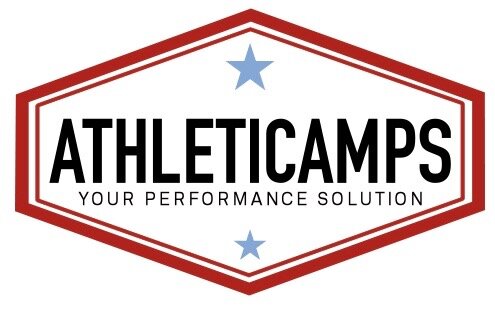The Evolution of Endurance Training
/Training theory for endurance sports is constantly evolving as sport scientists and coaches learn more about the human body and incorporating additional strategies for maximizing performance. Endurance athletes are achieving better results by incorporating more exercise routines outside their primary sport.
For example, swimmers integrate a wide variety of “dry land” exercises and activities to complement performance goals in the pool.
In the past, the main training focus for cycling was “time in the saddle”, where one of the primary goals was volume. Make no mistake, being good in a sport is about working in that sport. If you want to be a good cyclist, your main goal is cycling. If you want to be good in yoga, then you primarily practice yoga. It has been proven in study after study, that training is sport specific. In other words, if working in the gym to get bigger and stronger worked, then body builders would be the best cyclists in the world! But they are not…
Your long terms goals will dictate the amount of time you will need to spend working within the sport versus adding in additional routines. A professional cyclist races 80+ times a year and has the availability of time to log 20,000+ training and racing miles. The amount of time a professional cyclist spends honing skills through other disciplines will be minimal in comparison to the rest of us with additional life demands. And of course, as we get older, it is beneficial to participate in other activities to engage additional muscles groups to provide more balanced fitness and overall well-being.
Key areas for focus can be categorized into four groups:
Strength - Comes in variety of forms from weightlifting to pilates, etc.
Joint mobility - Working on the mobility of the spine, hips, shoulders, and allowing the joints to move more freely
Flexibility - Static and dynamic stretching to improve the length of the muscles and tendons
Facial release - Foam rolling to work on the facia and its pliability
The question then becomes, which of these four categories should you focus on?
First you need to ask yourself what problem(s) are you experiencing (knee pain, hip pain, back pain, etc). Attempt to define when the problem started and how it has progressed? Was it a sudden issue or did it develop overtime? Did something change that caused the problem to appear? For example, did you get a new pair of cycling or running shoes.
It is then important to have a qualified physical therapist who understands the biomechanics and physical demands of your sport to provide you with a full assessment and make appropriate recommendations. Often, athletes visit a PT only when they have a problem. However, visiting a physical therapist before things go in the wrong direction can be extremely helpful in terms of your future cycling success. In addition, it is important to have an objective conversation with your coach to ensure your training program is updated and effective. If you are having a specific problem, a physical therapist will usually recommend a bike fit for cyclists and triathletes to ensure nothing obvious is out of adjustment. During a bike fit, the fitter can approach the session to solve a specific problem or approach with the ultimate goal of improving overall performance.
As most of you are aware, Athleticamps has used Retül for over 10 years to evaluate fits and make adjustments. Retül recently created an app to assist in evaluating your mobility as it relates to cycling. This includes an initial assessment that generates a “score” along with a series of exercises that can help improve your mobility, and that “score”, over time. I believe this is a valid and worthy program which I highly recommend to all cyclists. As we already have discussed, improving in our sport of cycling is more than just riding your bike. Here is a valuable component to add to your current training plan that can help you improve your overall fitness and help you feel better. View and download the app here…
Also, to be properly assessed, I highly recommend you go see Dr. John Seivert at Body Logic Physical Therapy in Grass Valley. Dr. Seivert truly understands this concept of additional routines and can help you from a sport specific approach as to which area you need to focus on and why.




